What is a Level 3 personal trainer?
A Level 3 personal trainer is a certification level recognized in the UK and other countries, indicating advanced knowledge and skills in fitness training.

Level 3 is an England-based certification. In England, you must complete this certification to become a personal trainer. The program needs to comply with the Register of Exercise Professionals guidelines.
Most Level 3 programs require you to have already completed a Level 2 qualification before enrolling. These Level 2 qualifications include the Level 2 Certificate in gym and fitness instructing, the Level 2 diploma in health, fitness, and exercise instruction, and the Level 2 diploma in instructing exercise and fitness.
Some programs will allow you to study for your Level 2 and Level 3 qualifications at the same time. These combination packages allow you to get both certificates in a shorter period of time. You might choose to do this program if you wish to start working right away as a personal trainer and not work as a group fitness instructor.

Once you’re certified, check out our guide to the best personal trainer certifications and learn how to become a personal trainer. You can learn personal training marketing ideas to get more clients, and even learn how to start an online personal training business. There are many ways to make money from fitness—from learning how to make money as a fitness influencer to simply getting started making money selling workout programs online—there are personal trainer career options galore for personal trainers willing to put in the time and effort to get certified and invest in their career.
In this competitive field, having a robust support system is key, which is where Exercise.com comes in. Offering the best gym management software and best personal training software (with the best online fitness coaching software and the best software for fitness influencers all in one!), Exercise.com provides an all-in-one platform to manage your personal training business efficiently, enhance client engagement, and drive growth.
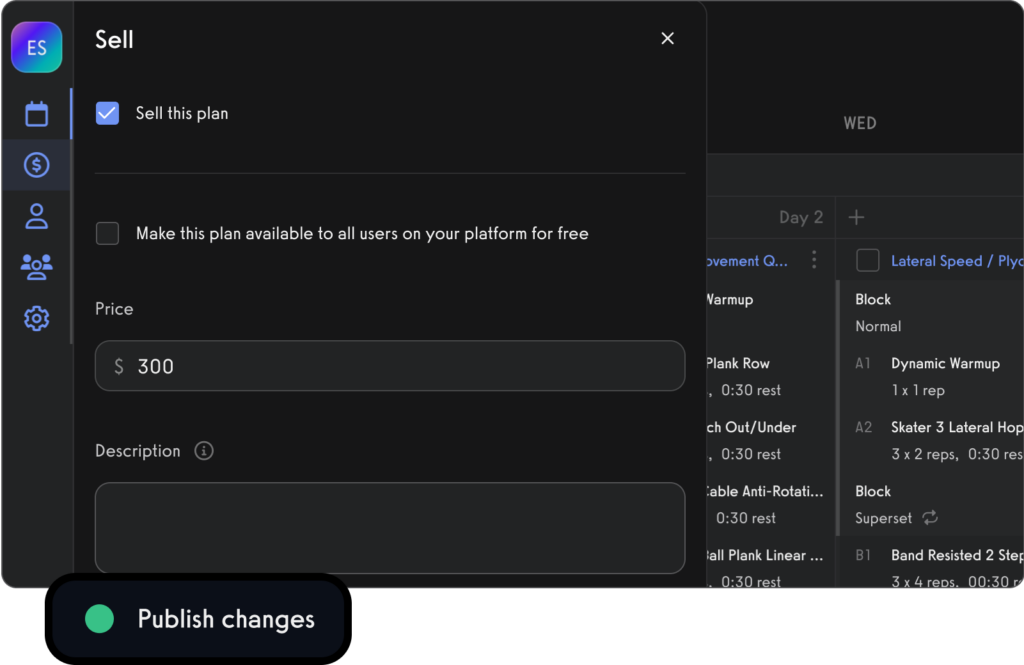
Run online fitness challenges.
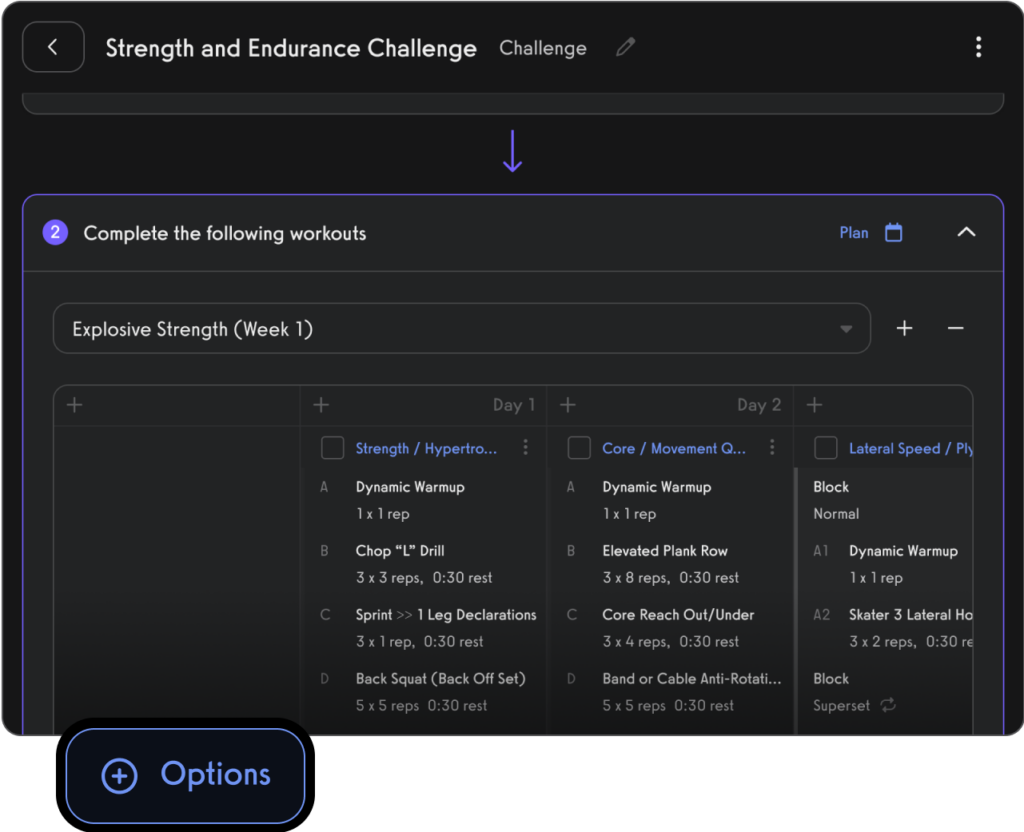
Create and sell fitness memberships, products, and digital offers.

Manage, message, and market to your online personal training clients and leads.
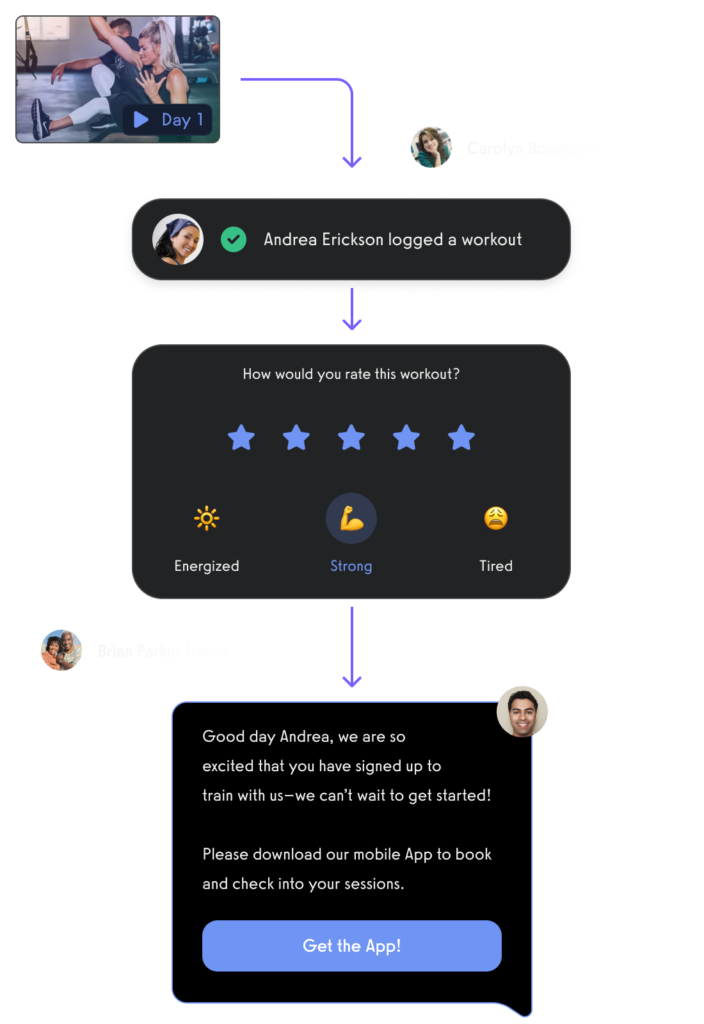
All from your very own custom branded fitness apps.

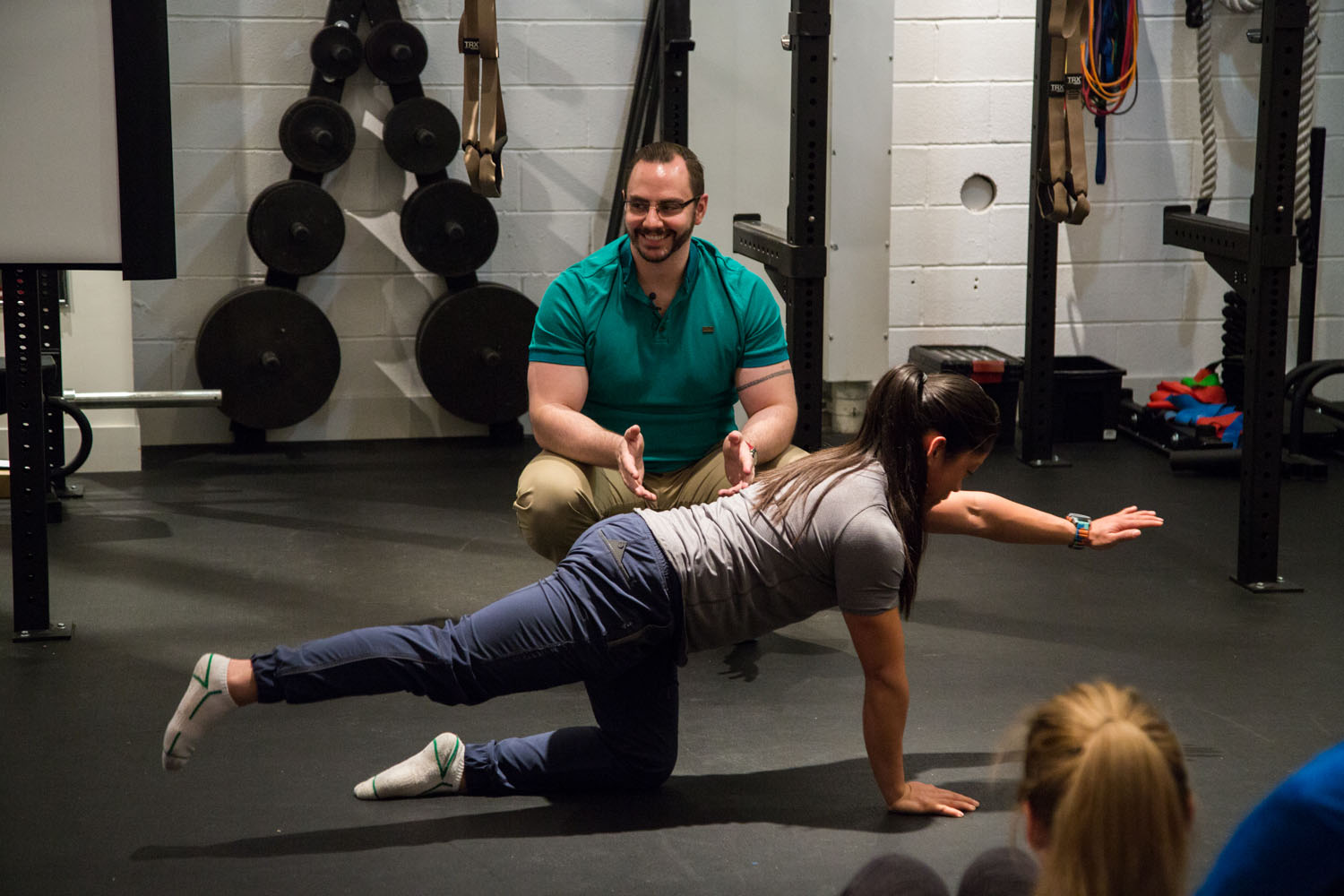
Level 3 Personal Trainer Key Aspects
The Level 3 qualification is often considered the minimum standard for working as a personal trainer in professional settings, including gyms and fitness studios.
- To become a personal trainer in England, you need to obtain a Level 3 certification.
- A Level 3 personal trainer has met the requirements set forth by the Register of Exercise Professionals.
- In most cases, you need a Level 2 certification prior to studying for your Level 3.
- However, some programs do allow you to study for the two certificates simultaneously.
Here are key aspects of a Level 3 personal trainer:
- Comprehensive Education: The certification includes in-depth training in areas such as anatomy, physiology, exercise science, nutrition, and programming, ensuring trainers are equipped with the knowledge needed to create effective workout programs.
- Client Interaction Skills: Level 3 certification covers client communication, goal setting, and motivational techniques, preparing trainers to build strong relationships with their clients.
- Practical Experience: The certification process often involves practical assessments, ensuring trainers can apply their theoretical knowledge in real-world training scenarios.
- Employment Opportunities: With a Level 3 certification, trainers can work independently or with fitness centers, providing one-on-one or group training services.
- Prerequisites: Some programs require completion of a Level 2 fitness instructor qualification before enrolling in a Level 3 course, ensuring foundational knowledge is in place.
You should know that a Level 3 personal trainer is someone who has obtained a Level 3 fitness certificate that complies with the Register of Exercise Professionals in England.
In the United Kingdom, you cannot be a personal trainer without this certificate.
You usually need to obtain your Level 2 diploma or certificate in addition to your Level 3. If you are self-employed, it is also a good idea to have personal trainer insurance and a first-aid certificate.

How to Become a Level 3 Personal Trainer
To become a Level 3 Personal Trainer, particularly in the UK and other regions that recognize this certification level, you can follow these steps:
#1 – Complete a Level 2 Fitness Instructor Course
This foundational qualification provides a basic understanding of exercise science, anatomy, and client communication. Some Level 3 programs require this as a prerequisite, preparing you for more advanced training.
#2 – Enroll in a Level 3 Personal Trainer Course
Research reputable institutions or programs offering Level 3 training, preferably accredited by recognized bodies like the Register of Exercise Professionals (REPs) or CIMSPA (Chartered Institute for the Management of Sport and Physical Activity).
#3 – Study Comprehensive Topics
Level 3 courses cover a range of subjects, including advanced anatomy and physiology, exercise programming and design, nutrition and dietary planning, and behavior change techniques, providing a well-rounded education.
#4 – Practical Assessments
Complete practical assessments to demonstrate your ability to apply theoretical knowledge in real-world training scenarios. These assessments might include developing and delivering workout plans or assessing client fitness.
#5 – Pass Written Exams
Some Level 3 programs include written exams to test your understanding of key concepts, ensuring a comprehensive grasp of the material. Prepare thoroughly for these exams to ensure success.
#6 – Obtain CPR/AED Certification
Many fitness organizations require CPR/AED certification for safety, which can also boost employability and credibility. Complete this training alongside your Level 3 course or independently.
#7 – Gain Work Experience
Start applying your skills, either through internships, working at fitness centers, or independently. Building a portfolio and gaining client testimonials can help establish your reputation in the industry.
#8 – Join Professional Associations
Consider joining organizations like REPs or CIMSPA to enhance your professional standing and gain access to continuing education resources, networking opportunities, and industry updates.
#9 – Specialize
To broaden your expertise and client offerings, pursue additional certifications or specializations, such as strength and conditioning, yoga instruction, or nutrition coaching. This continued learning keeps your skills relevant and competitive.
#10 – Maintain Certifications
Regularly update your certifications by completing continuing education credits or attending workshops. This ensures your knowledge remains current, upholds professional standards, and maintains your certification validity.
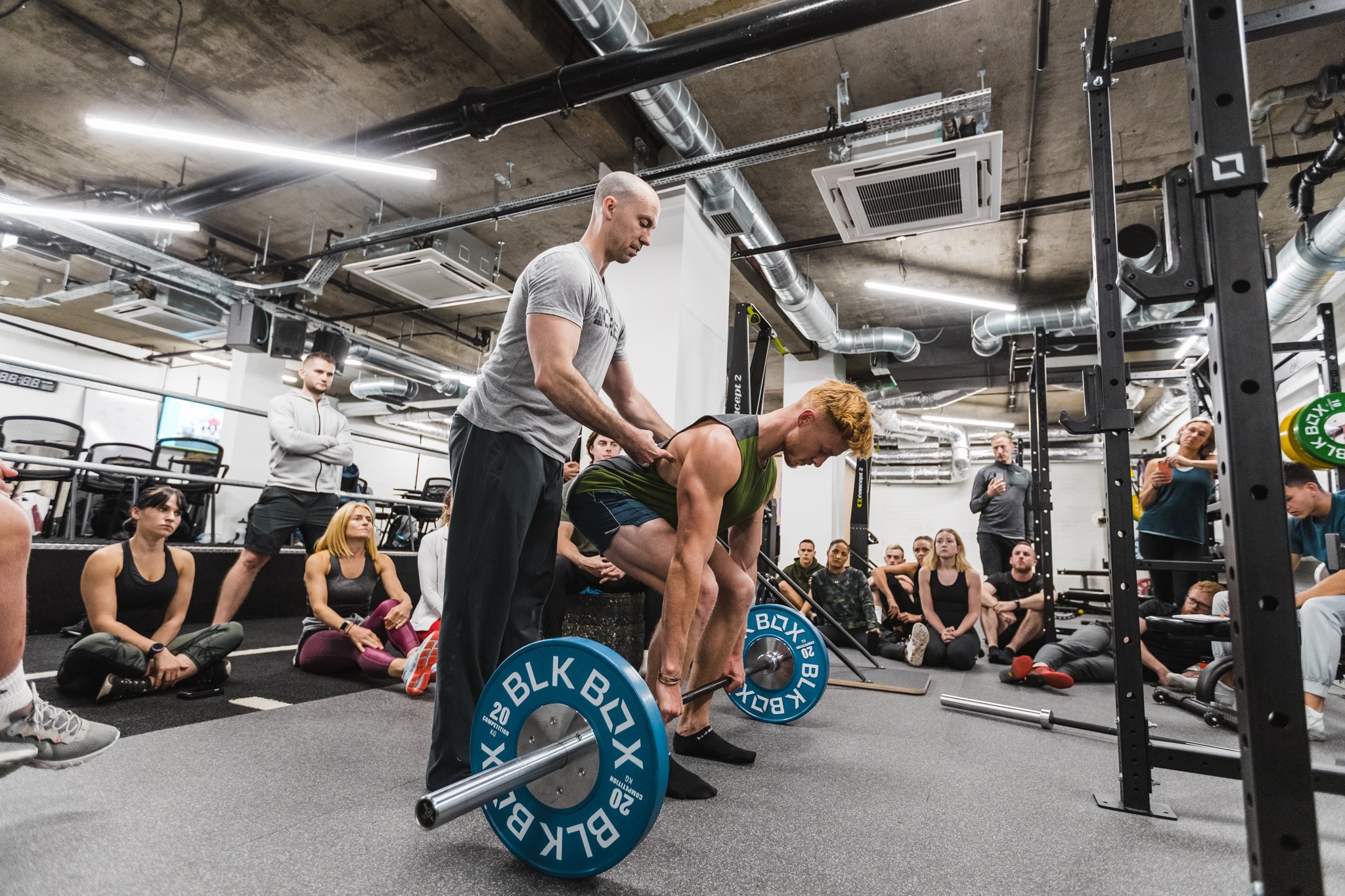
What do you learn in a Level 3 Personal Training Program?
There are a few different types of personal training programs, and they might have some slight differences. Most of them will last several weeks. Almost all programs recognized by the Register of Exercise Professionals consist of 10 modules covering various personal training topics.
Some of the topics included in the course are anatomy, physiology, cardiovascular training, and general training principles, physical activity promotion, health, and safety. You will also learn how to develop a training program based on your client’s needs and fitness level. Additionally, you will learn how to put together a diet plan and give nutritional advice.
Many of these programs are available online for distance learners, so it is not necessary to live in the United Kingdom to take these classes.
What else is required to become a personal trainer in England?
In addition to the Level 3 certification course, you should get a First Aid certificate and personal trainer insurance. The Health and Safety Executive-recognized first aid certificate is also known as the Emergency First Aid at Work certificate. It is important to understand how to prevent injury and administer basic first aid in the case of an emergency during training. You need to renew your first aid certificate every three years.
It is also a good idea to get personal trainer insurance if you plan on working for yourself, even though it is not a mandatory requirement. If you do not have insurance and a client gets injured during a training session, it could be your responsibility to compensate the client. If you work for a fitness center, a healthcare facility, or another large company, you should be covered by your employer’s insurance.
What is a Level 2 Certification Course?
You’ll need to pass your Level 2 certification before moving on to Level 3. Level 2 programs teach the basics of fitness instruction. There are no pre-requisites for this certification, but experience in a gym is helpful. In a Level 2 program, you will learn human anatomy, physiology, safety in a fitness environment, and the principles of health and exercise. You will begin to learn how to implement an exercise program and work effectively with your clients.
What are the best UK personal training certifications?
The best UK personal training certifications include:
- CIMSPA: Recognized by the Chartered Institute for the Management of Sport and Physical Activity, offering comprehensive training and industry recognition.
- REPs: The Register of Exercise Professionals accredits various Level 3 and 4 courses, ensuring thorough training and professional standards.
- YMCA Awards: Known for its extensive curriculum and practical experience, providing skills for immediate application in the fitness industry.
- Active IQ: Offers diverse qualifications, including Level 3 Personal Trainer and advanced certifications, with strong industry recognition.
Exercise.com provides tools that integrate seamlessly with these certifications, supporting US and UK trainers in managing clients, designing programs, and expanding their businesses effectively.
All of the various personal training certifications have different requirements, costs, study materials, exam details, recertification requirements, and continuing education credits (CECs) or units (CEUs). It’s important to do your homework and review all of the details before deciding on which one is best for you. Additionally, the requirements in England may differ from the training requirements set forth by the United States.
Read More: Best Personal Trainer Certifications
What are the best US personal training certifications?
The best US personal training certifications include:
- NASM: The National Academy of Sports Medicine offers highly recognized certifications, including CPT (Certified Personal Trainer), providing comprehensive education in exercise science, nutrition, and client management.
- ACE: The American Council on Exercise is another widely recognized organization, offering CPT certification with an extensive curriculum that covers key aspects of personal training.
- NSCA: The National Strength and Conditioning Association provides certifications like CPT and CSCS (Certified Strength and Conditioning Specialist), with a focus on strength training and athletic performance.
Exercise.com integrates seamlessly with these certifications, allowing US trainers to manage clients, design programs, and expand their businesses effectively.
Read More: Best Personal Trainer Certifications
How long should I study for a personal training certification exam?
The recommended study time for a personal training certification exam ranges from 2 to 6 months, depending on the certification and individual’s prior knowledge. Comprehensive programs like NASM and ACE suggest around 3 to 4 months of dedicated study, covering topics like exercise science, anatomy, and client management.
How much money do personal trainers make?
Personal trainer salaries vary depending on factors like location, experience, and specialization. In the US, the average salary for a personal trainer is around $45,000 per year, with entry-level positions starting at $30,000, and experienced trainers or those in niche markets earning over $70,000. Exercise.com helps trainers manage and grow their businesses, potentially increasing earnings through streamlined operations and additional revenue streams.
Where can I train my personal training clients?
Personal trainers can work in various settings, including:
- Gyms: Providing one-on-one sessions or group classes.
- Studios: Offering specialized training in areas like yoga or pilates.
- Client’s Homes: Providing convenience and privacy for clients who prefer in-home training.
- Online: Delivering programs and coaching remotely, allowing trainers to reach a broader audience.
Exercise.com supports all these settings by providing tools for client management, scheduling, and remote training program delivery.
What is a level 3 personal trainer?
A Level 3 personal trainer is a certification level recognized in the UK and other countries, indicating advanced knowledge and skills in fitness training. The qualification covers comprehensive topics, including exercise science, programming, and client communication, preparing trainers for professional settings. This certification level is often considered a minimum standard for working as a personal trainer in gyms or independently.
How do I become a Level 3 personal trainer?
To become a Level 3 personal trainer:
- Complete a Level 2 Fitness Instructor course.
- Enroll in a Level 3 course accredited by organizations like REPs or CIMSPA.
- Study comprehensive topics, including anatomy, programming, and nutrition.
- Pass written exams and practical assessments.
- Obtain CPR/AED certification and gain work experience in the industry.
Exercise.com can support new trainers by offering tools to manage clients, design programs, and operate their businesses effectively.
Can you go straight to level 3 PT?
Some Level 3 PT courses may allow direct entry, particularly if the applicant demonstrates relevant experience or education. However, many programs require completion of a Level 2 Fitness Instructor course to ensure foundational knowledge, such as exercise science, anatomy, and client communication, is in place.
What does level 4 personal trainer mean?
A Level 4 personal trainer is a higher-level certification recognized in the UK, indicating advanced skills and expertise in specific areas of fitness training. Level 4 trainers often specialize in areas such as weight management, sports conditioning, or pre- and post-natal training, providing more specialized services to their clients.
What is the highest level of personal training certification?
The highest level of personal training certification varies by country and organization. In the UK, a Level 4 certification is often considered the highest, covering specialized topics and advanced skills. In the US, certifications like the NSCA-CSCS or advanced NASM credentials can be viewed as top-tier qualifications, indicating comprehensive knowledge and expertise.
How long does it take to become a level 3 PT?
Becoming a Level 3 PT typically takes 6 to 12 months, depending on the program’s structure, the individual’s pace, and any prerequisites required, such as a Level 2 Fitness Instructor qualification. This timeframe includes coursework, practical assessments, and exams covering comprehensive topics related to personal training.
How much is a level 3 PT course?
The cost of a Level 3 PT course varies depending on the provider and program structure. In the UK, prices typically range from £1,000 to £3,000, covering coursework, assessments, and exams. This investment provides comprehensive training and certification, allowing graduates to pursue careers as professional personal trainers.
Where do I find Level 3 personal trainer courses online?
Level 3 personal trainer courses are available online from various providers. Reputable organizations like Active IQ, YMCA Awards, and Premier Global NASM offer comprehensive courses that cover essential topics such as exercise science, anatomy, and client management, providing flexibility for aspiring trainers to study at their own pace.
How much is a level 3 personal trainer salary compared to other levels?
A Level 3 personal trainer’s salary can range from £20,000 to £35,000 per year, depending on experience, location, and specialization. This is higher than entry-level trainers with Level 2 qualifications, who typically earn around £15,000 to £25,000. Level 4 trainers may earn even more, particularly those with niche specializations.
What is the difference between level 3 and level 4 PT?
The difference between Level 3 and Level 4 PT includes:
- Advanced Skills: Level 4 PTs possess specialized skills in areas like weight management, sports conditioning, or pre- and post-natal training, allowing them to offer more targeted services.
- Marketability: Level 4 certification can improve career opportunities and salary potential, particularly for niche markets or specialized fitness services.
How long does Level 2 PT take?
A Level 2 PT course typically takes 3 to 6 months to complete, depending on the program’s structure and individual pace. This timeframe includes coursework, practical assessments, and exams, providing foundational knowledge in exercise science, anatomy, and fitness instruction.
Do you need Level 2 to do Level 3 PT?
Many Level 3 PT courses require a Level 2 Fitness Instructor qualification as a prerequisite. This ensures foundational knowledge in exercise science, anatomy, and client communication, preparing trainers for more advanced topics and practical applications in the Level 3 program.
What is Level 5 fitness trainer?
A Level 5 fitness trainer certification is a more advanced qualification, often focusing on specialized areas such as strength and conditioning or sports science. This certification demonstrates comprehensive expertise and provides trainers with the skills to work with specialized clients, professional athletes, or within specific fitness niches.
Do you need Level 3 to be a personal trainer?
In the UK, a Level 3 qualification is often considered the minimum standard for working as a personal trainer in professional settings, including gyms and fitness studios. This certification covers comprehensive topics in exercise science, anatomy, and client communication, providing essential skills for trainers.
What is a tier 3 personal trainer?
A tier 3 personal trainer typically refers to an advanced trainer level within a gym or fitness organization, indicating greater experience and expertise. This tier may include more comprehensive skills in exercise programming, client communication, and business development, allowing trainers to handle a broader range of clients and responsibilities.
What is the hardest personal trainer certification?
The hardest personal trainer certification varies by individual, but the NSCA-CSCS (Certified Strength and Conditioning Specialist) is often considered challenging due to its comprehensive curriculum and rigorous exams. It covers advanced topics in exercise science, anatomy, and sports performance, requiring extensive preparation and study.
What is the easiest personal trainer certification?
The easiest personal trainer certification varies by individual and their background. The ISSA (International Sports Sciences Association) CPT certification is often considered accessible, offering flexible study options, online exams, and comprehensive material, making it suitable for beginners or those balancing other responsibilities.
Read More: Easiest Personal Trainer Certifications
Is ISSA or NASM better?
ISSA and NASM are both reputable organizations, but NASM is generally considered more widely recognized, particularly for its comprehensive curriculum and industry alignment. ISSA offers more flexible study options, making it suitable for those balancing other responsibilities. The choice depends on individual needs, goals, and career aspirations.
What is the PT course Level 2 and 3?
PT courses at Level 2 and Level 3 provide comprehensive training for fitness professionals:
- Level 2: Offers foundational knowledge in exercise science, anatomy, and fitness instruction, preparing individuals for entry-level roles.
- Level 3: Covers more advanced topics, including exercise programming, nutrition, and client communication, qualifying trainers to work independently or with gyms.
Which is better NASM or ACE?
NASM and ACE are both reputable certifications, but NASM may offer more specialized programs, particularly in areas like corrective exercise or performance enhancement. ACE provides comprehensive training and a broader curriculum. The choice depends on individual goals and preferred areas of focus.
What is the difference between Level 2 and Level 3 fitness instructor?
The difference between Level 2 and Level 3 fitness instructor includes:
- Advanced Curriculum: Level 3 includes comprehensive topics like exercise programming, client communication, and nutrition, going beyond foundational knowledge.
- Career Opportunities: Level 3 certification qualifies trainers to work independently or in advanced roles within gyms and studios, while Level 2 primarily covers entry-level positions.
What is the difference between level 3 and level 4 personal trainer?
The difference between Level 3 and Level 4 personal trainers includes:
- Advanced Skills: Level 4 PTs specialize in areas like weight management, sports conditioning, or pre- and post-natal training, providing more targeted services.
- Marketability: Level 4 certification can improve career opportunities and salary potential, particularly in niche markets or specialized fitness services.
How do I start a personal training business?
To start a personal training business:
- Obtain Certification: Gain a recognized certification, such as NASM, ACE, or ISSA, for credibility and expertise.
- Develop a Business Plan: Outline services, target markets, pricing, and marketing strategies.
- Build an Online Presence: Create a website and leverage social media to market your services.
- Use Management Software: Exercise.com offers tools for client management, scheduling, and payments, streamlining operations.
Read More: How to Start a Personal Training Business
Where can I train my personal training clients?
There are a number of places where you could train your clients like a gym, a park, your home, their home, or your own studio.
Read More: Where can I train my personal training clients?
How do I sell personal training online?
To sell personal training online:
- Define Services: Decide what types of programs, coaching, or classes to offer remotely.
- Build an Online Presence: Create a website, use social media, and join relevant platforms to market your services.
- Deliver Programs: Use digital platforms like Exercise.com to create and distribute training programs, track progress, and manage client communication efficiently.
Read More: How to Sell Personal Training Online
What is the best online fitness coaching software?
The best online fitness coaching software is Exercise.com, offering comprehensive features for client management, workout design, and progress tracking. Its integration capabilities allow coaches to create a seamless online experience, including custom-branded apps, payment processing, and communication tools, enhancing remote coaching services.
Read More: Best Online Fitness Coaching Software
What is the best personal training software?
The best personal training software is Exercise.com, which provides robust tools for managing clients, creating personalized workout programs, and tracking progress. Its comprehensive features, including custom branding, scheduling, and communication tools, streamline business operations and enhance client engagement, making it ideal for personal trainers.










